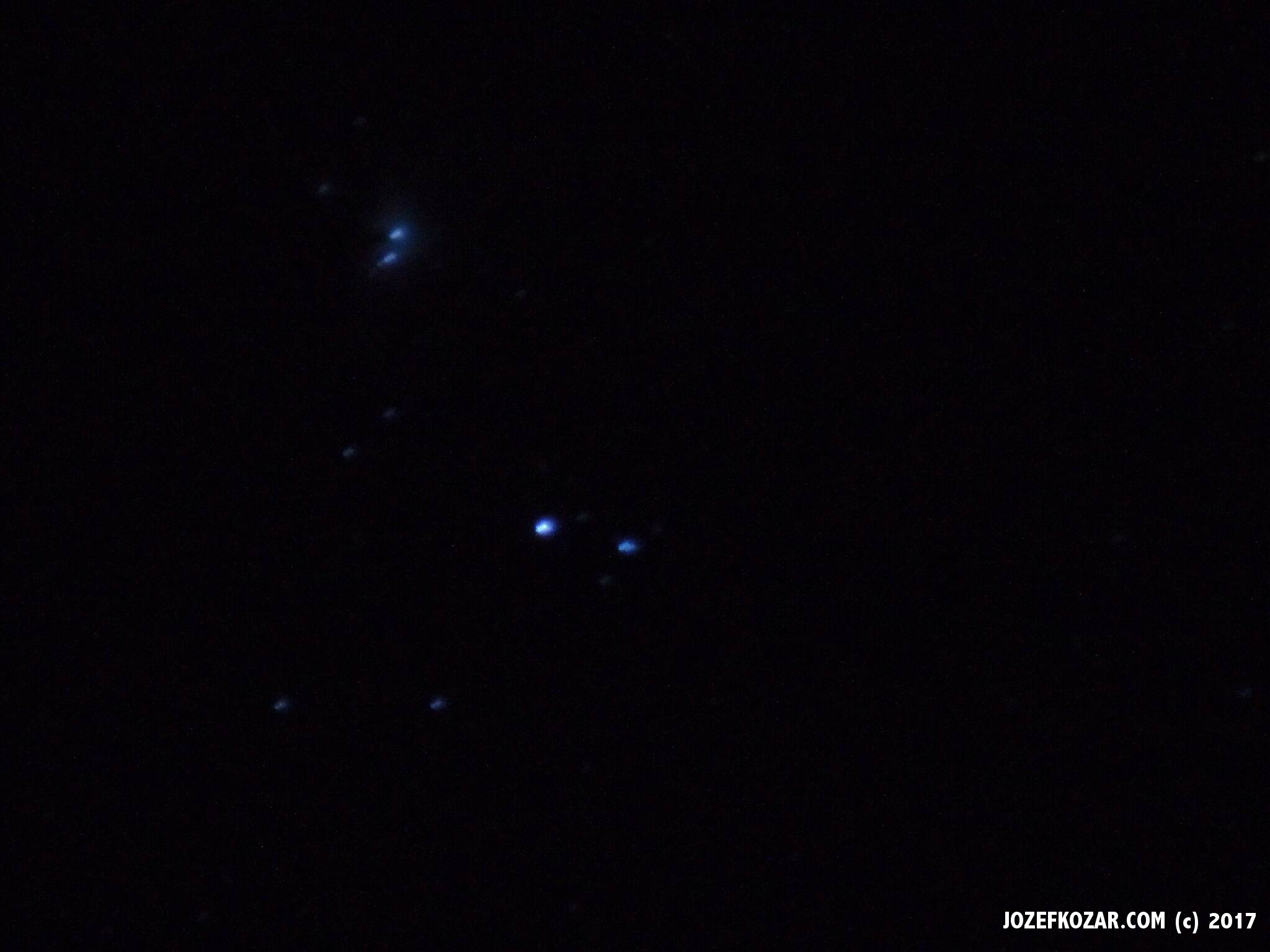NASA Scientists Re-Create Mars ‘Spiders’ in a Lab for First Time
Since discovering them in 2003 via images from orbiters, scientists have marveled at spider-like shapes sprawled across the southern hemisphere of Mars.

Spider-shaped features in the south polar region of Mars are carved by vaporizing dry ice in a dynamic seasonal process. This image from the High-Resolution Imaging Science Experiment (HiRISE) camera on NASA’s Mars Reconnaissance Orbiter includes several of the distinctive features in an area 1.2 kilometers (three-fourths of a mile) wide. It is one of the HiRISE camera team’s featured images this week. Image credit: NASA/JPL-Caltech
No one is entirely sure how these geologic features are created. Each branched formation can stretch over a half-mile (1 kilometer) from end to end and include hundreds of spindly “legs.” Called araneiform terrain, these features are often found in clusters, giving the surface a wrinkled appearance.
Now NASA Scientists have successfully re-created the Mars Spiders in laboratory conditions for the first time.

These formations similar to the Red Planet’s “spiders” appeared within Martian soil simulant during experiments in JPL’s DUSTIE chamber. Carbon dioxide ice frozen within the simulant was warmed by a heater below, turning it back into gas that eventually cracked through the frozen top layer and formed a plume.
Credit: NASA/JPL-Caltech
How the experiment worked
For this experiment, the researchers chilled Martian soil simulant in a container submerged within a liquid nitrogen bath. They placed it in the DUSTIE chamber, where the air pressure was reduced to be similar to that of Mars’s southern hemisphere. Carbon dioxide gas then flowed into the chamber and condensed from gas to ice over three to five hours. It took many tries before McKeown found just the right conditions for the ice to become thick and translucent enough for the experiments to work.
Once they got ice with the right properties, they placed a heater inside the chamber below the simulant to warm it up and crack the ice. Mc Keown was ecstatic when she finally saw a plume of carbon dioxide gas erupting from within the powdery simulant.
The dark plumes opened holes in the simulant as they streamed out, spewing simulant for as long as 10 minutes before all the pressurized gas was expelled.
The experiments included a surprise that wasn’t reflected in the Kieffer model: Ice formed between the grains of the simulant, then cracked it open. This alternative process might explain why spiders have a more “cracked” appearance. Whether this happens or not seems dependent on the size of soil grains and how embedded water ice is underground.
What’s Next for Plume Testing
Now that the conditions have been found for plumes to form, the next step is to try the same experiments with simulated sunlight from above, rather than using a heater below. That could help scientists narrow down the range of conditions under which the plumes and ejection of soil might occur.
There are still many questions about the spiders that can’t be answered in a lab. Why have they formed in some places on Mars but not others? Since they appear to result from seasonal changes that are still occurring, why don’t they seem to be growing in number or size over time? It’s possible that they’re left over from long ago, when the climate was different on Mars— and could therefore provide a unique window into the planet’s past.
For the time being, lab experiments will be as close to the spiders as scientists can get. Both the Curiosity and Perseverance rovers are exploring the Red Planet far from the southern hemisphere, which is where these formations appear (and where no spacecraft has ever landed). The Phoenix mission, which landed in the northern hemisphere, lasted only a few months before succumbing to the intense polar cold and limited sunlight.
—
Sources: NASA/JPL-Caltech









